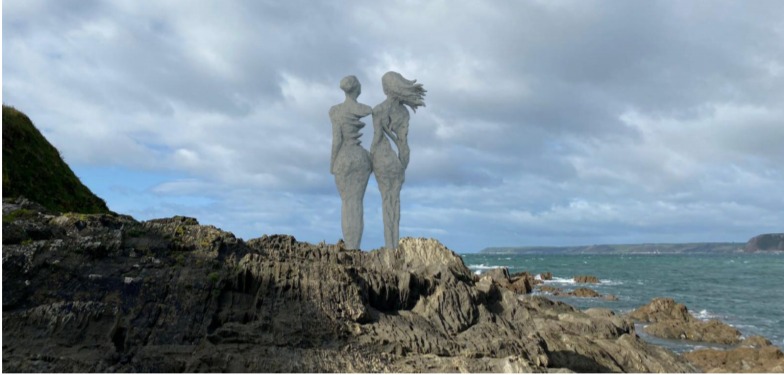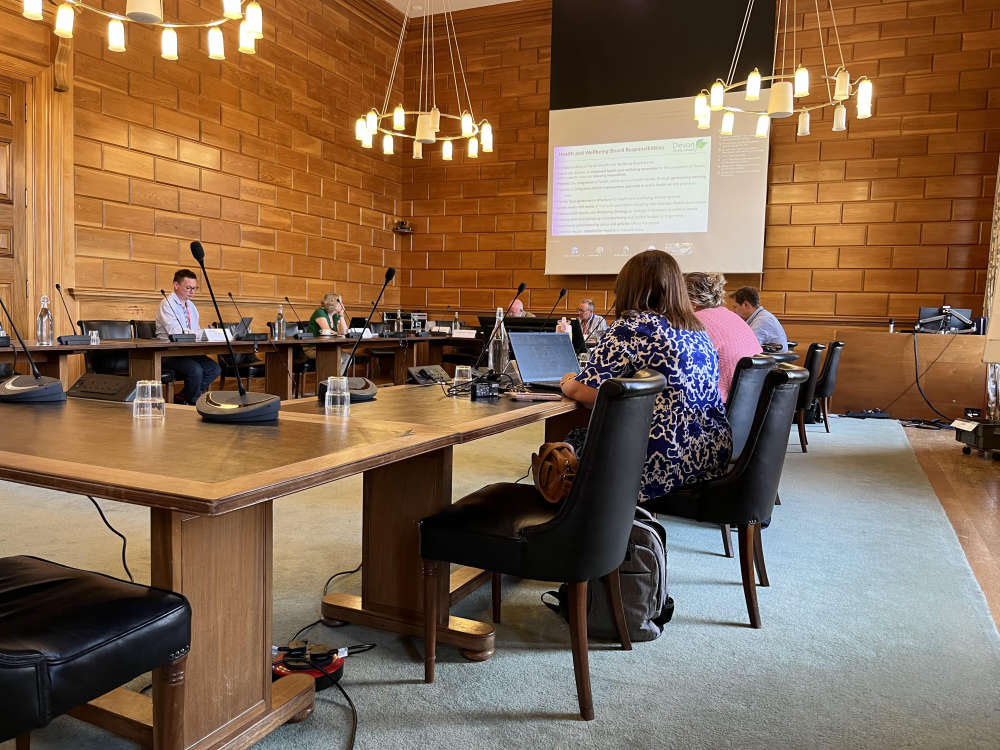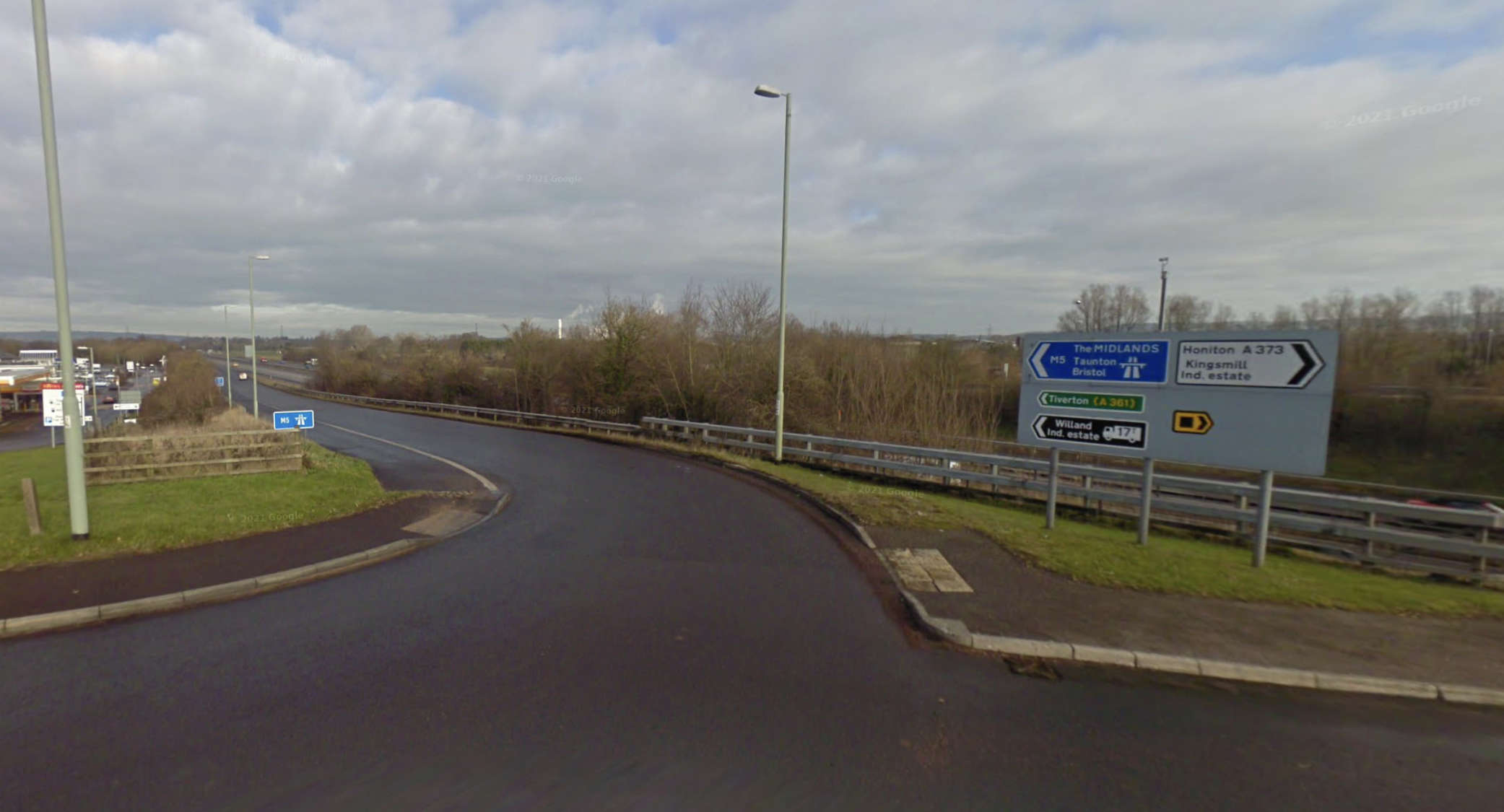
Cross-dressing killers could boost tourism
A sculpture to represent provide a permanent homage to “two of history’s greatest swashbucklers” is set to be installed on Burgh Island.
The art installation, called 'Inexorable' will represent two of Britain’s forgotten pirates, Anny Bonny and Mary Read, notorious for leaving a stream of “looted treasure” and “treacherous ex-lovers” behind them.
Both Anne and Mary disguised as boys in their childhoods to escape poverty, propriety and disgrace, only to find freedom on the high seas.
The figures of Anne Bonny and Mary Read have been unveiled at Execution Dock in Wapping in London, before making the move to Burgh Island. Subject to planning permission being granted by South Hams District Council, the 2.4 metre high sculpture by Amanda Cotton is inspired by new drama ‘Hell Cats.’
A planning application says Burgh Island is a fitting location because of its heritage and historic links to pirates and smugglers.The installation will be placed on exposed rock on a natural level platform that is accessible from the grounds of the the island's famous hotel. A statement with the application says the sculpture will: "help preserve and enhance the function of the island as a tourist attraction and add to the Island’s value as an important area of open green space.”
EXPLAINING INEXORABLE
'Inexorable' is said to represent the freedom of the high seas and was inspired by both Bonny and Read’s individuality, and their bond to one another. A creative development pack submitted with the application says: “during their time Anne Bonny and Mary Read were as renowned for their ruthlessness as for their gender, defying the old sailors’ adage that a woman’s presence on board invites bad luck."
The sculpture will be located above the tideline, so they will not be emerged in water. The materials will also allow it to weather appropriately over time, and for wildlife and biodiversity to become embedded on the structure.
Artist Amanda Cotton, who worked alongside a team of sculptors, said: “The sculpture’s design is a metaphor for Bonny and Read’s personality, fire and earth. Individually they are strong independent women but when Anne (fire) & Mary (earth) combine they are dangerously unstoppable.
“Anne’s passion fuels Mary’s determination, and Mary’s patience channel’s Anne onto a path. Together they erupt like an inexorable volcano. As quick to draw their cutlasses as they were to fall in love, Anne and Mary sailed the Caribbean leaving a trail of looted treasure, outfoxed law enforcement, and treacherous ex-lovers in their wake,” a spokesperson for campaigners behind the statue said.
THE PIRATES
Mary Read was born in England in 1685. Her mother had previously married a sailor and had a son, but after her husband disappeared at sea, Mary’s mother became pregnant with Read after an affair.
Shortly after, her son died, and she gave birth to Mary. In financial distress, her mother decided to disguise Mary as her dead son, in order to receive money from her late husband’s mother. The grandmother was apparently fooled, and mother and daughter lived on the inheritance into Mary’s teen years.
Dressed as a boy, Read found work as a foot-boy, and, then, employment on a ship. She later joined the military, dressed as a boy, proved herself through battle, but fell in love with a Flemish soldier.
They married, but when her husband died young, Read resumed male dress and military service in the Netherlands, but with peace, she quit and boarded a ship bound for the West Indies.
Anne Bonny was a pirate operating in the Caribbean, although the little that is known of her life comes largely from Captain Charles Johnson’s ‘A General History of the Pyrates’. Bonny was born in Ireland around 1700 and moved to London and then to the Province of Carolina when she was about 10 years old.
Bonny’s father William Cormac first moved to London to get away from his wife’s family, and he began dressing his daughter as a boy and calling her “Andy”. Bonny had red hair and was considered a “good catch” but may have had a fiery temper, and at age 13, she supposedly stabbed a servant girl with a knife.
She married a poor sailor and small-time pirate named James Bonny, but her father did not approve of him as a husband for his daughter, and he kicked her out of the house, and allegedly she set fire to her father’s plantation in retaliation, but no evidence exists to support the claims.
Between 1714 and 1718, she and James Bonny moved to Nassau, on New Providence Island, known as a sanctuary for English pirates called the Republic of Pirates. But while in the Bahamas, Bonny began mingling with pirates in the taverns and met John “Calico Jack” Rackham, and he became her lover.
He offered money to her husband if he would divorce her, but he refused and apparently threatened to beat John, so Bonny and Rackham escaped the island together, and she became a member of Rackham’s crew. She disguised herself as a man on the ship, and only Rackham and Read, who had joined the crew as part of a munity, were aware that she was a woman] until it became clear that she was pregnant.
Having given birth to a son, she rejoined Rackham and continued the pirate life, having divorced Bonny, Rackham, and Read stole the ship William. Rackham and the two women recruited a new crew and spent years in Jamaica and the surrounding area, with Bonny taking part in combat alongside the men, and Governor Rogers named her in a “Wanted Pirates” circular
But in October 1720, Rackham and his crew were attacked by a sloop captained by Jonathan Barnet under a commission from Nicholas Lawes, Governor of Jamaica, and most of Rackham’s pirates put up little resistance, as many of them were too drunk to fight.
They were taken to Jamaica where they were convicted and sentenced to be hanged, and according to Johnson, Bonny’s last words to Rackham were: “Had you fought like a man, you need not have been hang’d like a dog.”
Read and Bonny both asked for mercy because they were pregnant and the court granted them a stay of execution until they gave birth.
But Read died in prison, most likely from a fever from childbirth, and a ledger from a church in Jamaica lists her burial on April 28, 1721, “Mary Read, pirate”.
However, there is no record of Bonny’s release, and this has fed speculation as to her fate. A ledger lists the burial of an “Ann Bonny” on Dec. 29, 1733, in the same town in Jamaica where she was tried.
Professor Kate Williams, a prominent historian, had told The Independent it was critical to unearth the “hidden voices and histories” of women and LGBT+ people, and she noted history books have scant information about the pair – despite them being two of the most famous pirates in the 18th century.
Professor Williams added: “They broke gender boundaries and stunned people at the time. They were trailblazers in an incredibly male-dominated society who forged their own way. They were lovers and both fluid – moving between living as men and living as women and it is true, they have been forgotten from history.
“They lived determinedly and followed their hearts – both in being pirates and seeking their own destiny but also following their desire to love each other – when society demanded marriage.
“They were written about at the time, but you see a fear of them creeping in, a desire to downplay or ignore their story in the history of piracy, and I think that it’s because writers in the later 18th century and the 19th century worried that women – supposed to know their place as wives or servants – might get some ideas about living as men’s equals and love for each other.”
 Bird house destroyed in Exmouth fire
Bird house destroyed in Exmouth fire
 Exeter man wanted for recall to prison
Exeter man wanted for recall to prison
 Has Dartmoor footpath been wrong for 140 years?
Has Dartmoor footpath been wrong for 140 years?
 Man seriously hurt in bottle attack
Man seriously hurt in bottle attack
 Sweeteners offered to Devon dentists
Sweeteners offered to Devon dentists
 Blow as vital Devon M5 upgrade put on ‘maybe’ list
Blow as vital Devon M5 upgrade put on ‘maybe’ list
